12 Chilling Historical Precedents for Modern Crises – Simple Family Preparedness
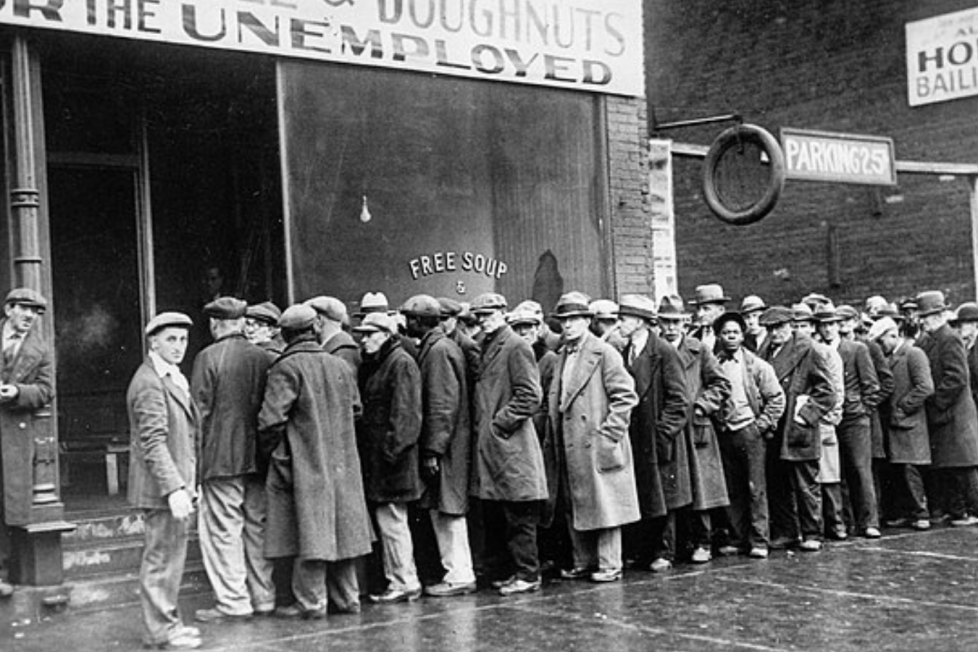
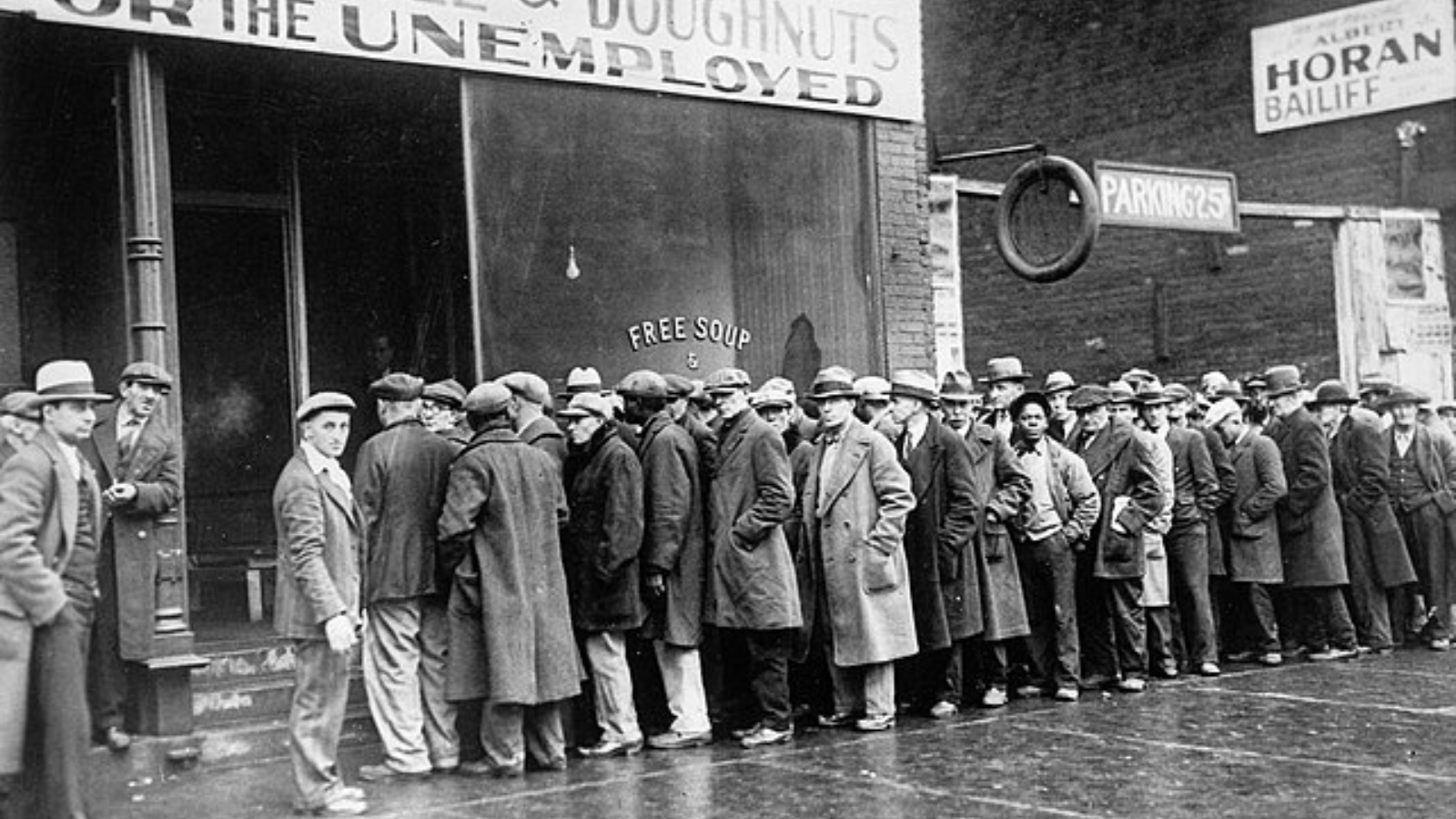
Throughout history, humans have faced numerous challenges that mirror the crises we encounter today. By examining these past events, we can gain valuable insights into how to prepare for and overcome similar obstacles in our modern world. Many of the threats we face today are not new – there’s plenty of historical presents for everything from pandemics to economic collapse. Here are twelve of the most notable occurrences.
The Great Depression of the 1930s serves as a stark reminder of how quickly economic systems can crumble. Millions lost their jobs, savings, and homes. Banks failed, and food shortages became common. This period taught the importance of self-reliance, frugal living, and maintaining diverse skill sets. Many families survived by growing their own food, bartering, and adapting to a cash-free lifestyle.
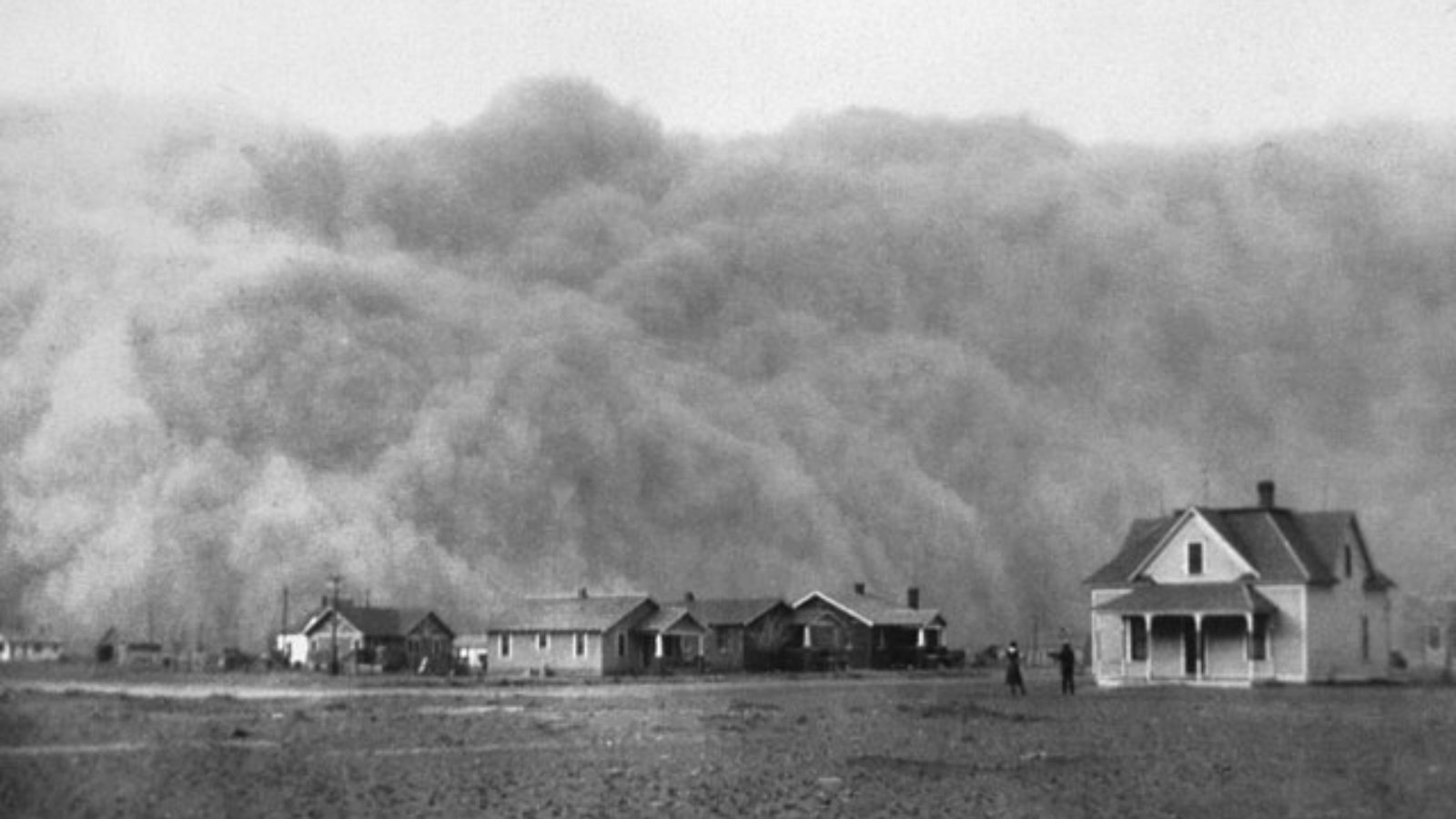
During the 1930s, severe drought and poor farming practices led to the Dust Bowl in the American Midwest. Massive dust storms destroyed crops and forced thousands to abandon their homes. This disaster highlighted the need for sustainable agriculture and the impact of human activities on the environment. It also demonstrated the importance of soil conservation and adapting to changing climate conditions.
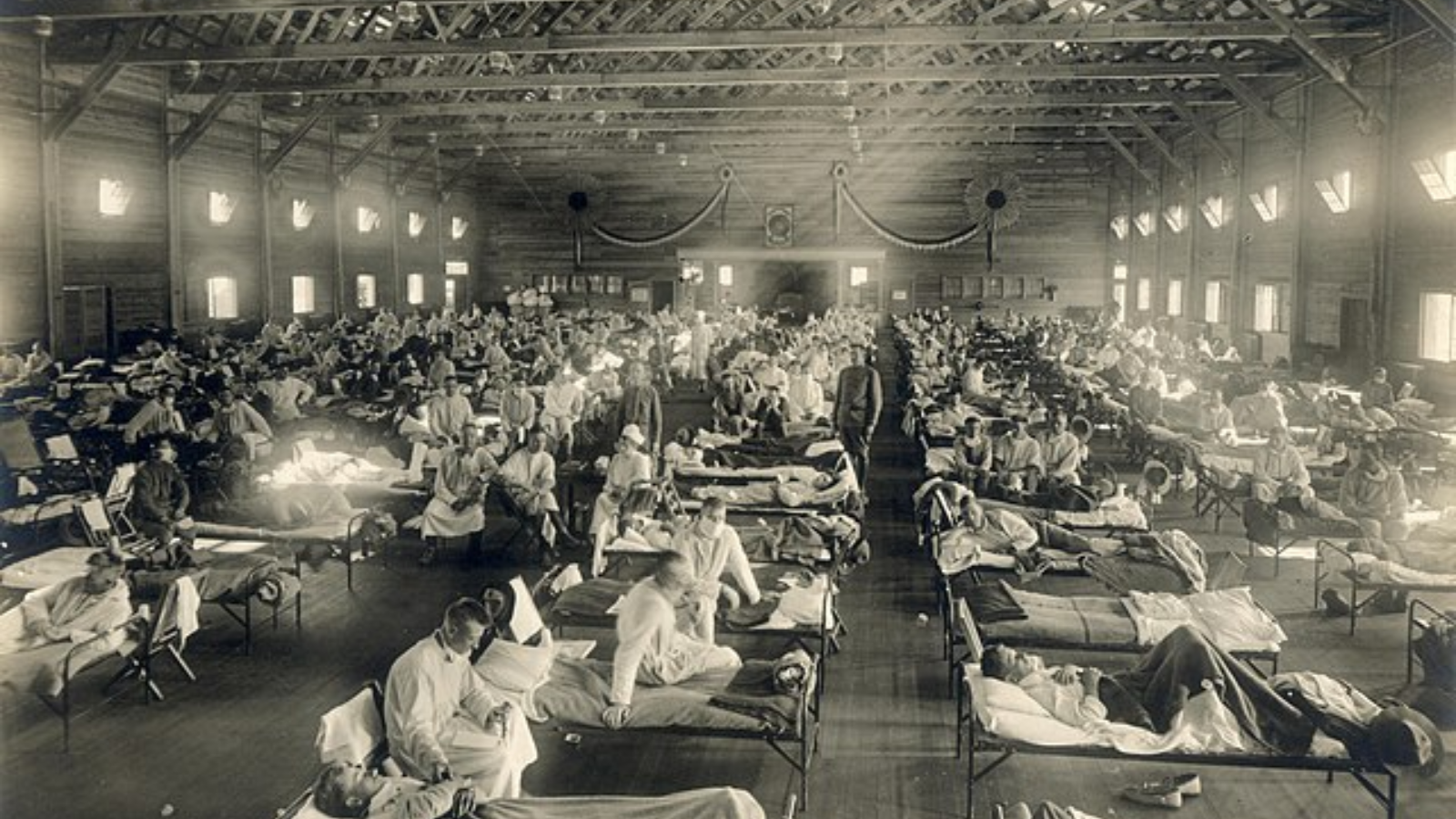
The Spanish Flu infected about one-third of the world’s population and killed an estimated 50 million people. This pandemic exposed the weaknesses in global health systems and the rapid spread of disease in an interconnected world. It emphasized the importance of personal hygiene, quarantine measures, and community preparedness in the face of widespread illness.
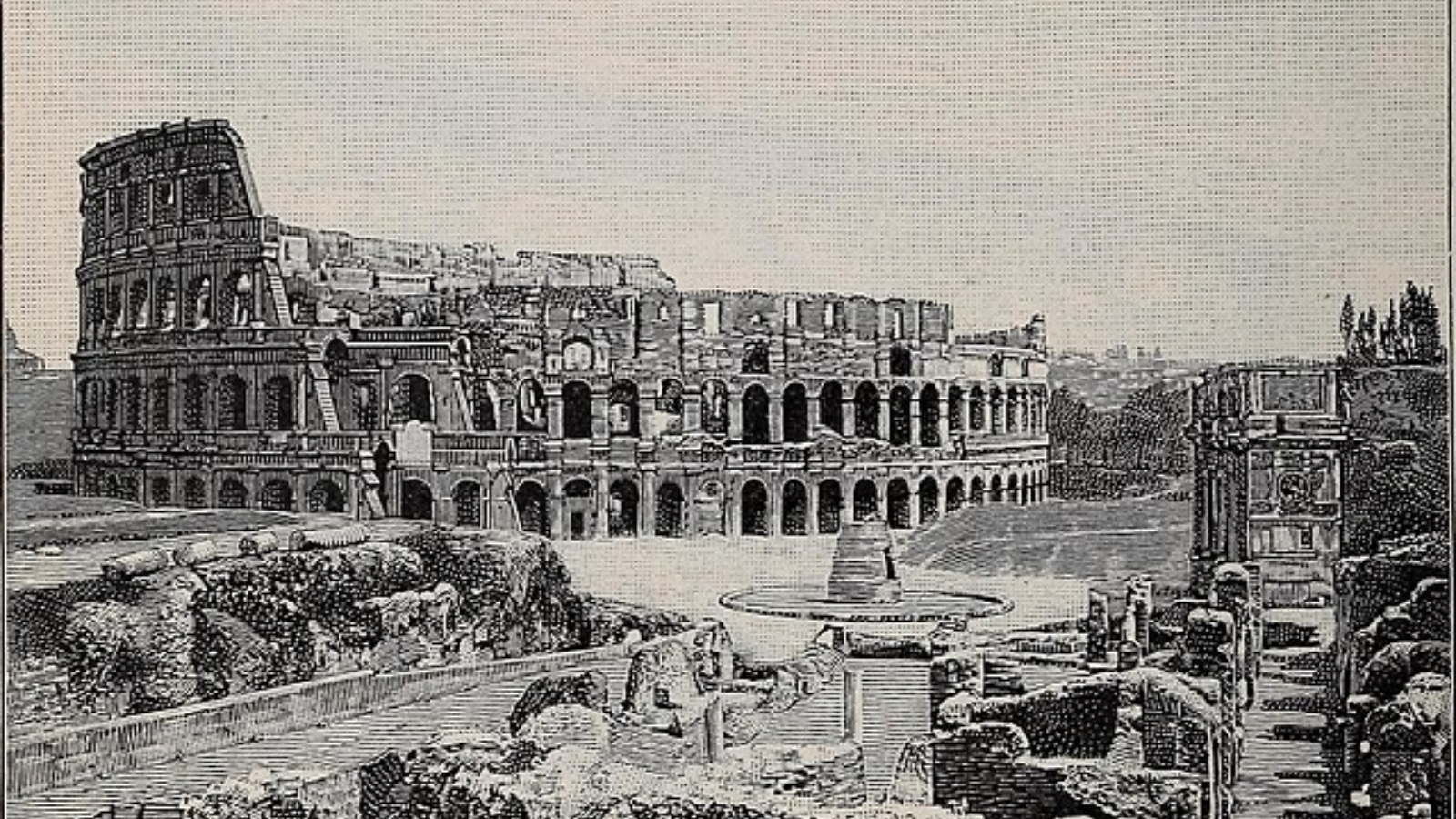
The fall of the Roman Empire in 476 AD marked the end of an era and led to widespread societal breakdown. This historical event shows how even the most powerful civilizations can crumble due to internal corruption, economic instability, and external pressures. It underscores the need for adaptability, strong community bonds, and preserving knowledge during times of upheaval.
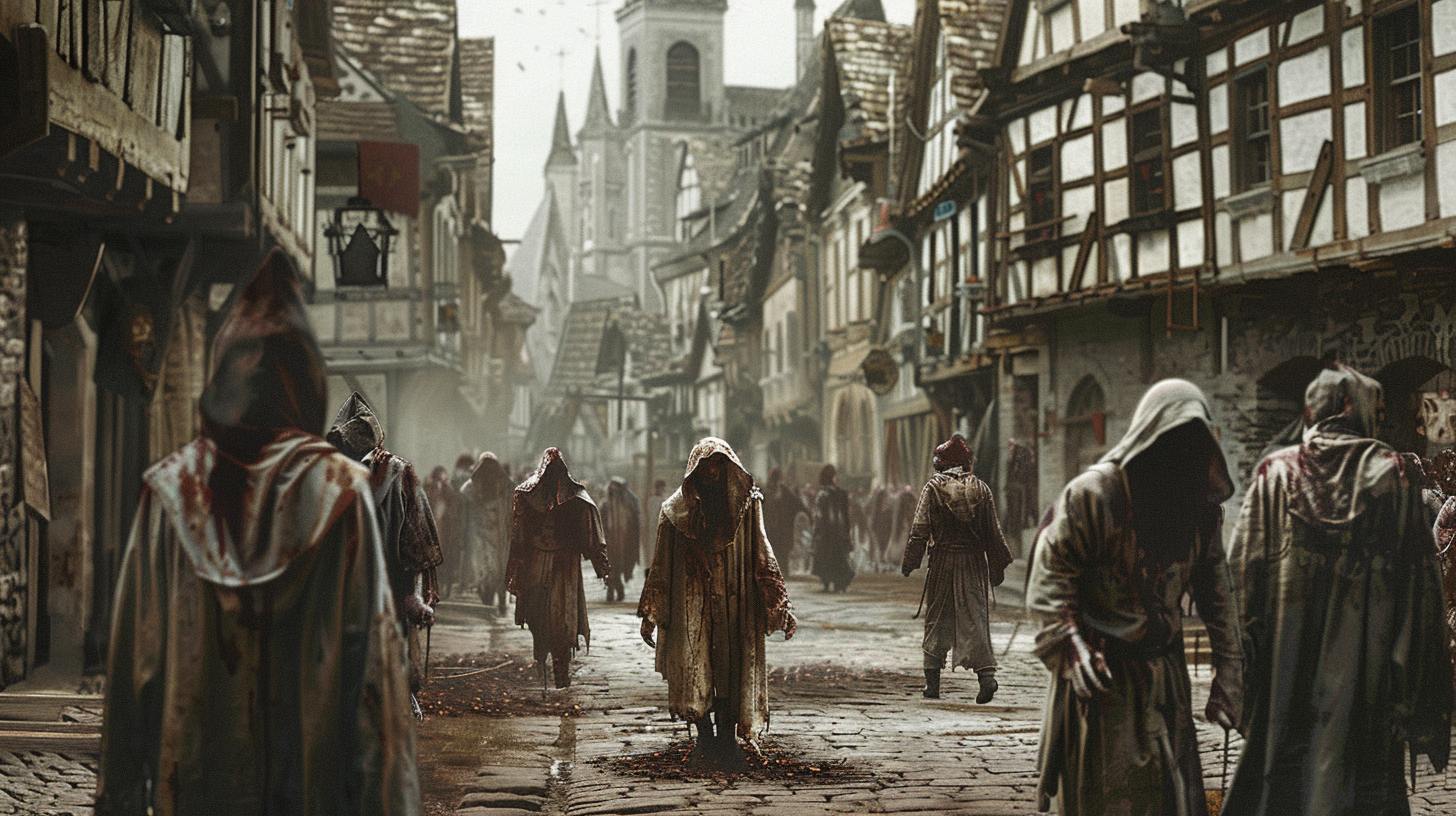
The Black Death, which peaked in Europe from 1347 to 1351, wiped out roughly one-third of the continent’s population. This plague demonstrated the devastating impact of global pandemics and the importance of sanitation and quarantine measures. It also led to significant social and economic changes, highlighting how major crises can reshape society.
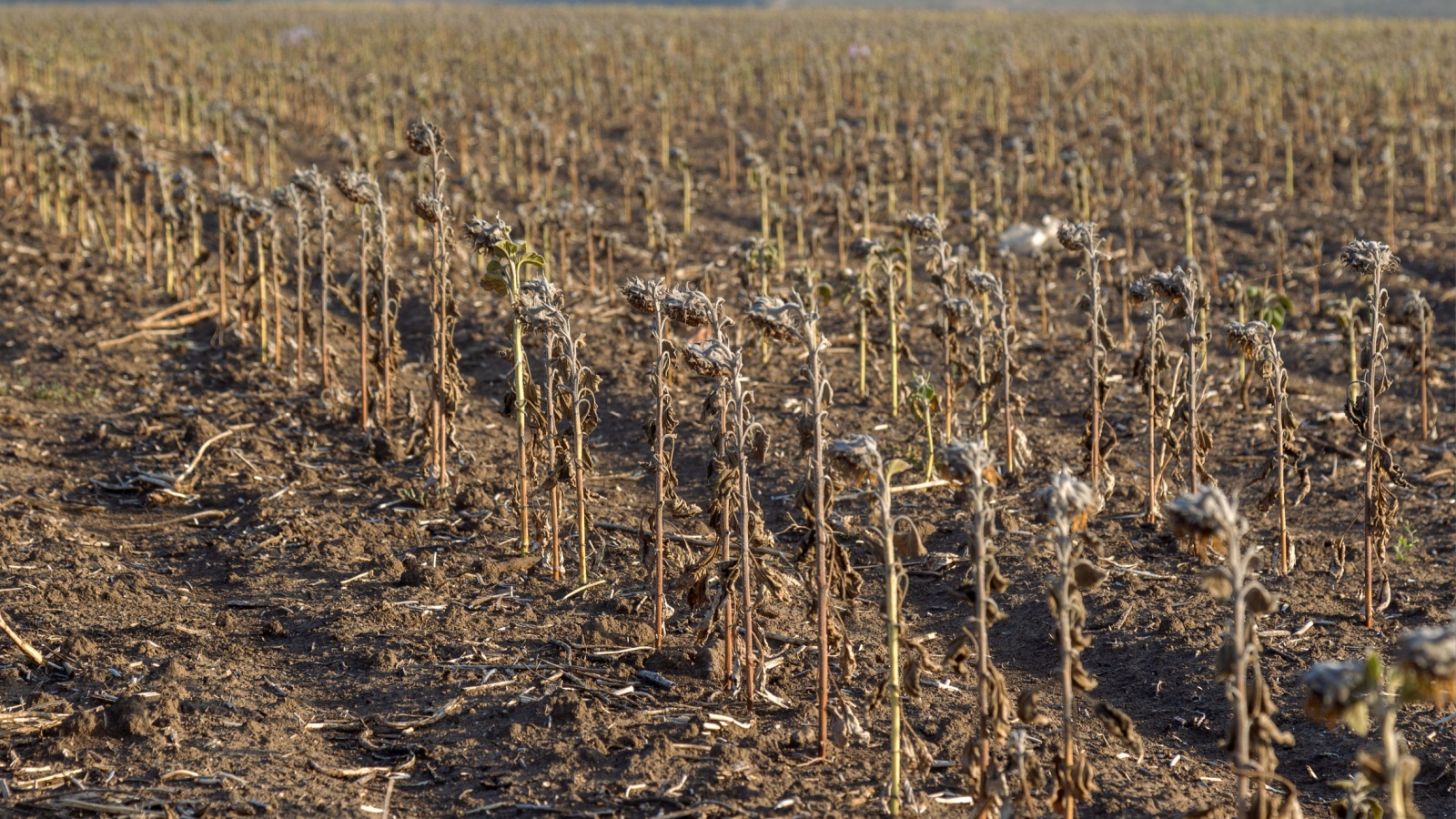
The Little Ice Age, a period of cooling that occurred from the 14th to the 19th centuries, caused crop failures, famine, and social unrest across Europe. This climate event shows how changes in weather patterns can have far-reaching consequences on food production and society. It emphasizes the need for adaptable agriculture and diverse food sources.
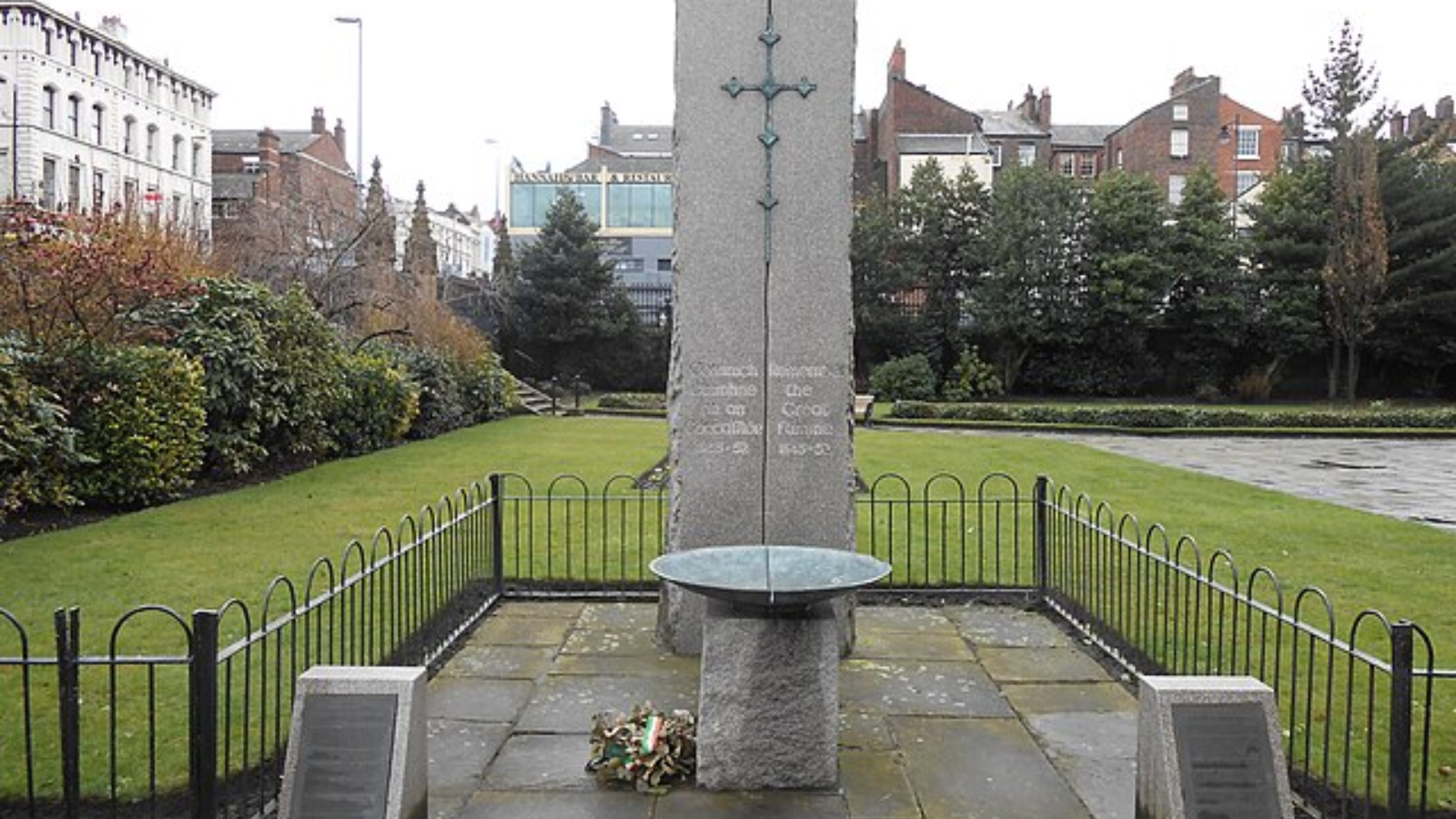
The Irish Potato Famine of 1845-1852 resulted in the death of around one million people and the emigration of another million. This crisis illustrates the dangers of relying too heavily on a single crop or food source. It underscores the importance of crop diversity, food preservation techniques, and maintaining emergency food supplies.
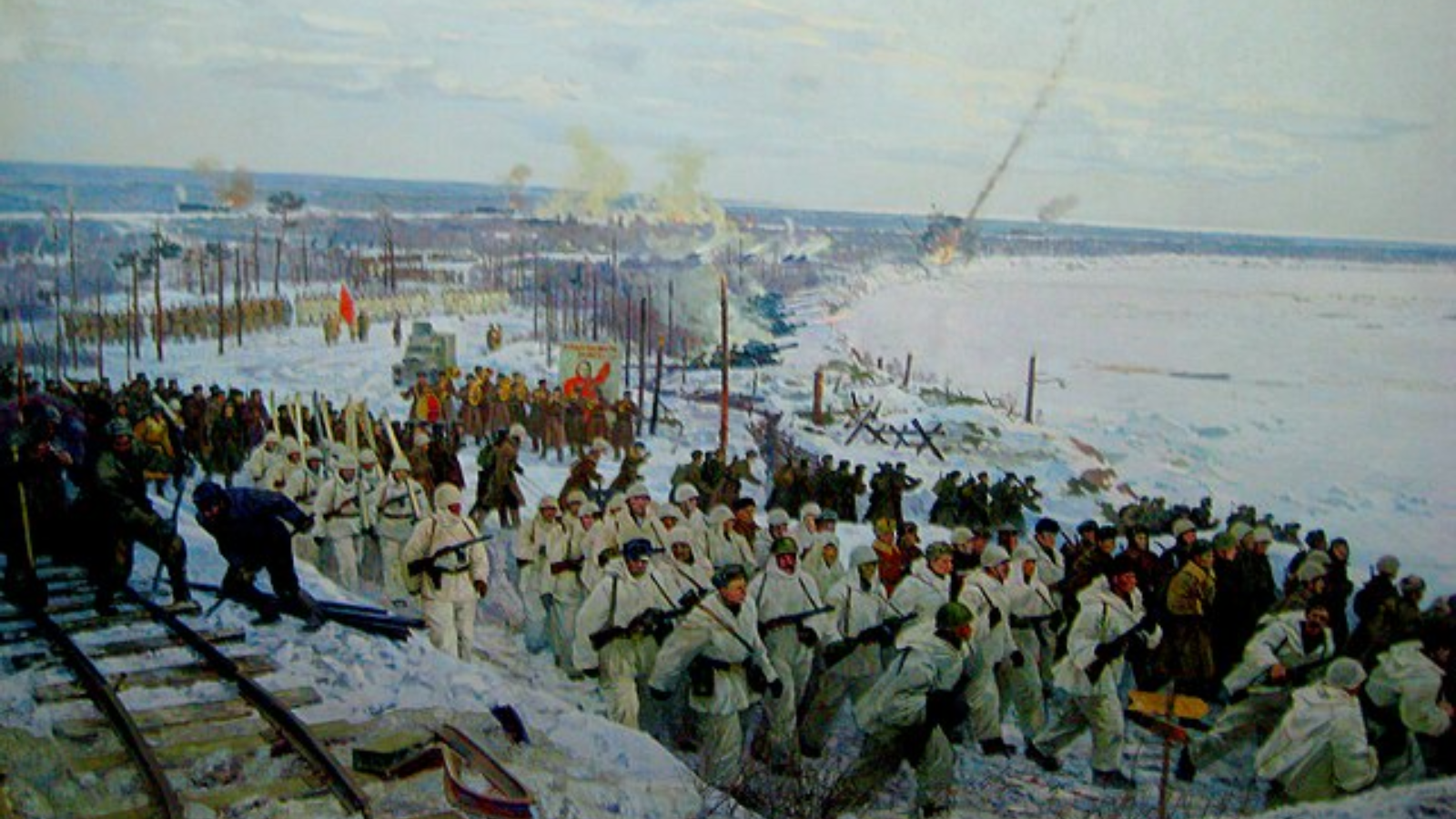
During World War II, the Siege of Leningrad lasted 872 days, resulting in extreme food shortages and over a million civilian deaths. This event demonstrates the importance of long-term food storage, rationing skills, and the ability to find alternative food sources in dire circumstances. It also highlights the resilience of communities under extreme pressure.
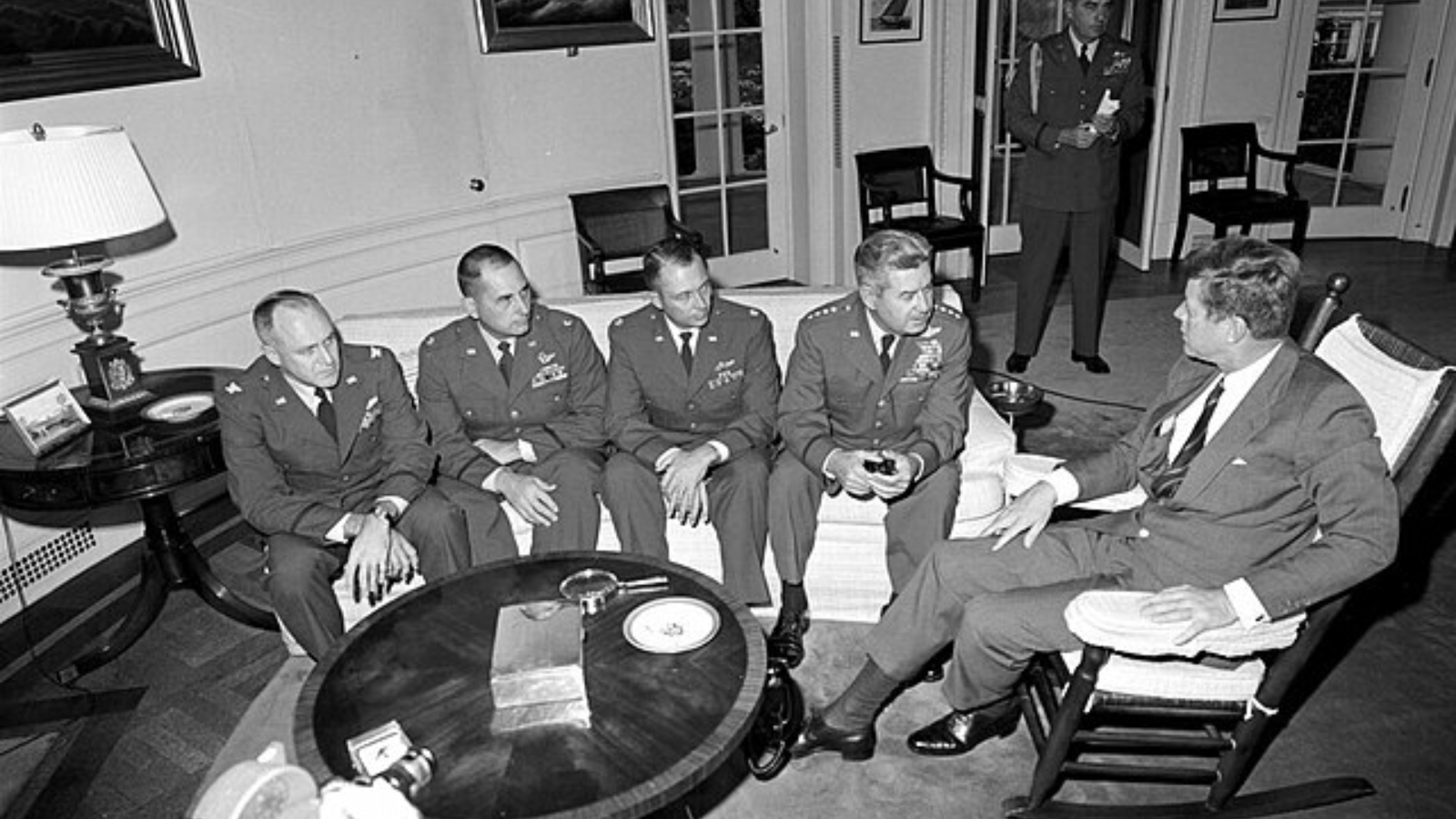
The Cuban Missile Crisis of 1962 brought the world to the brink of nuclear war. This tense standoff between the United States and the Soviet Union highlighted the potential for rapid escalation of global conflicts. It underscores the importance of having emergency plans and supplies ready in case of sudden, large-scale threats.
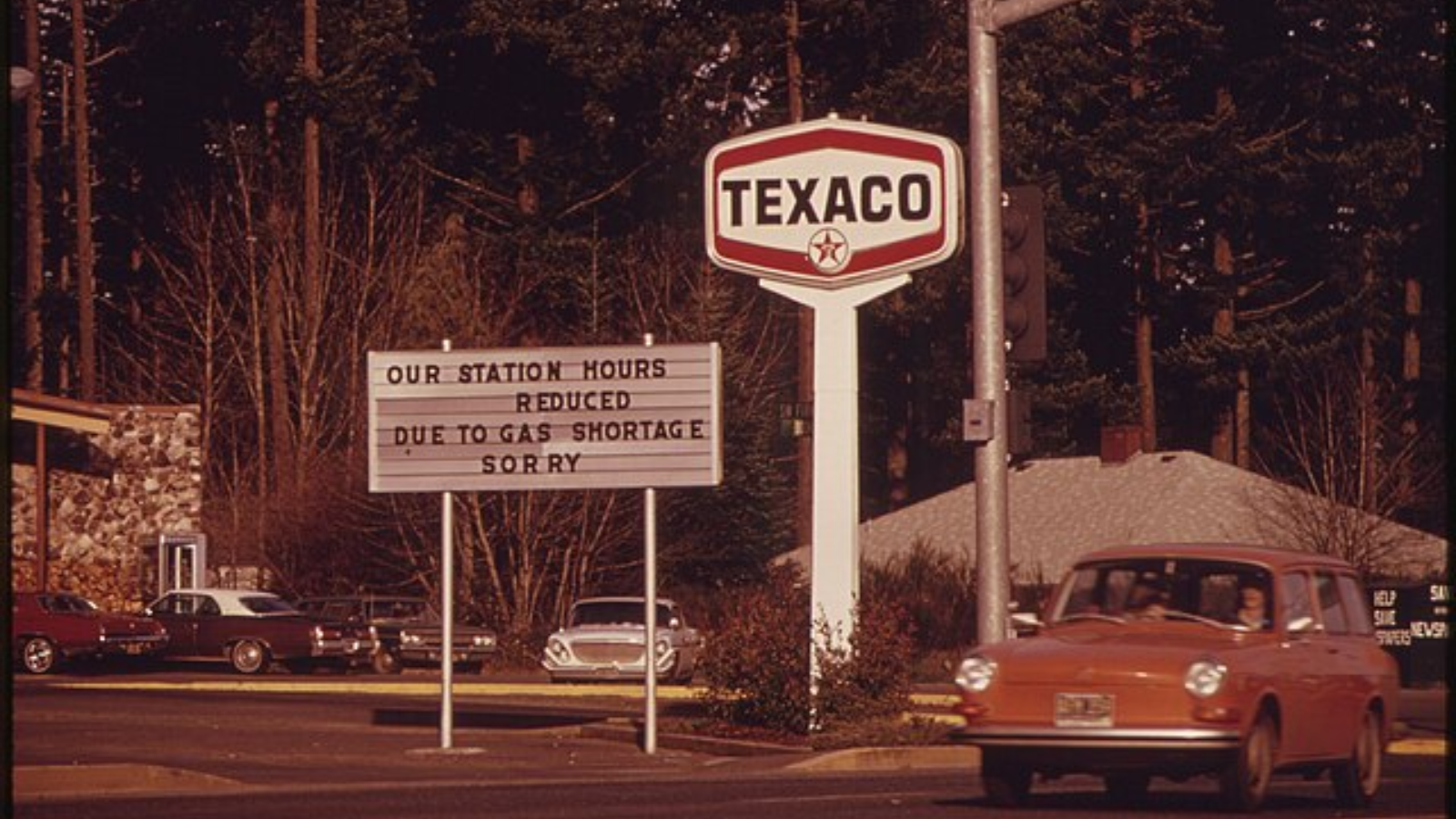
The 1973 oil crisis led to fuel shortages and economic instability in many countries. This event exposed the vulnerabilities of societies heavily dependent on a single energy source. It emphasizes the need for energy independence, alternative power sources, and the ability to adapt to sudden resource shortages.
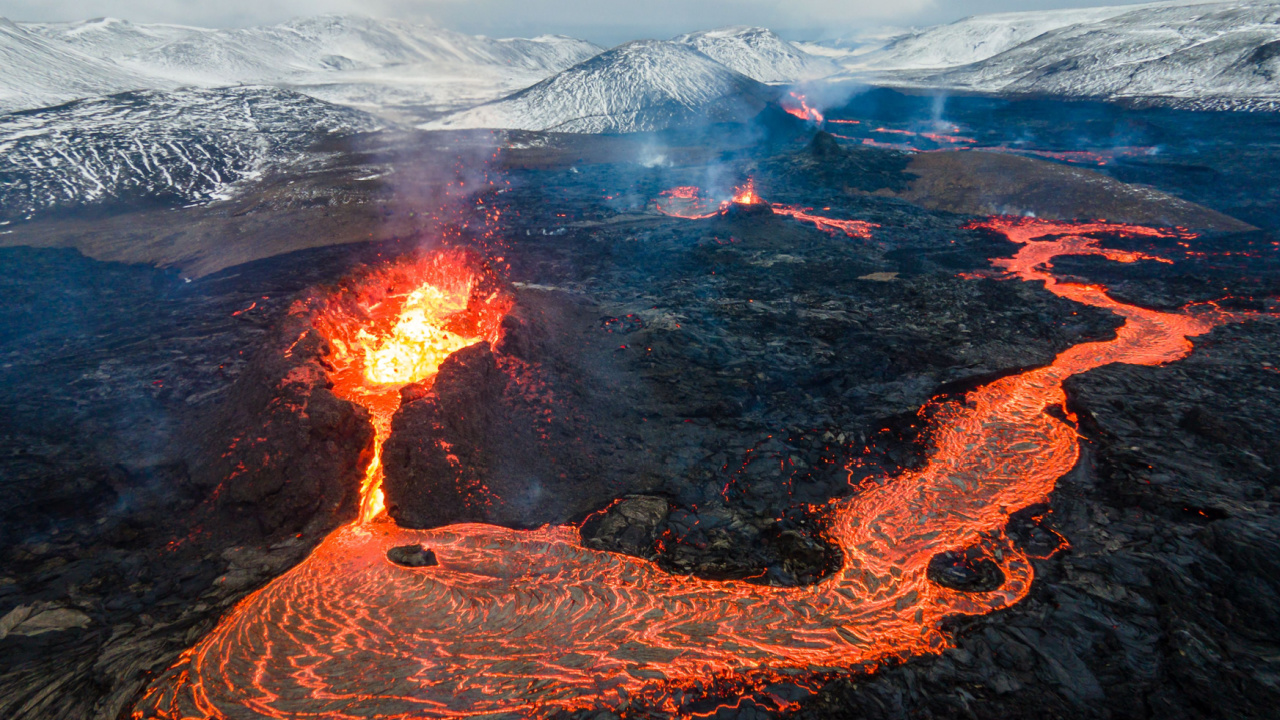
In 1816, a volcanic eruption caused global cooling, leading to crop failures and famine across the Northern Hemisphere. This “Year Without a Summer” demonstrates how unexpected natural events can disrupt food production on a massive scale. It highlights the importance of seed saving, greenhouse cultivation, and adapting to rapid climate changes.
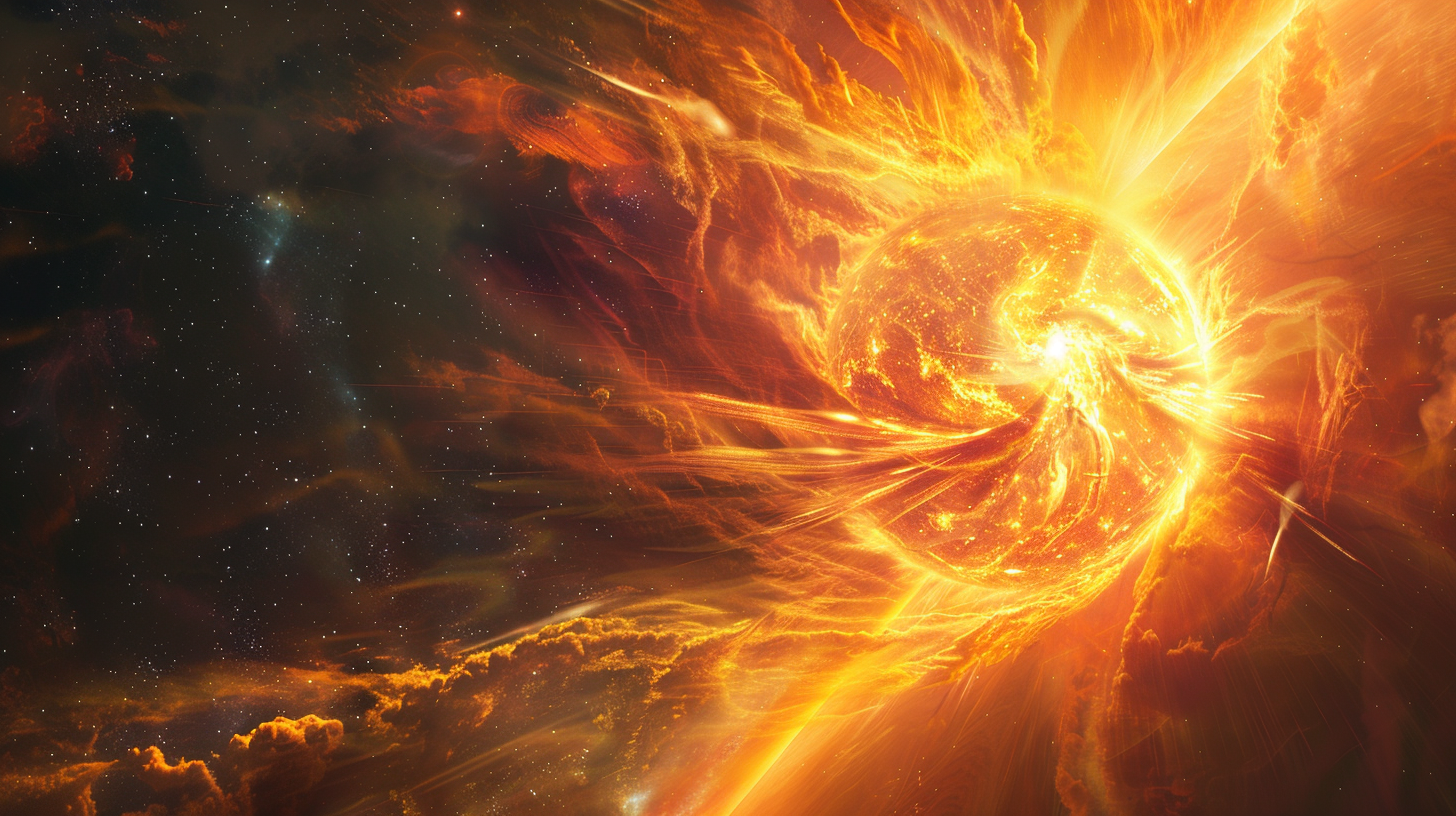
The Carrington Event of 1859 was a powerful geomagnetic storm that disrupted telegraph systems worldwide. If a similar event occurred today, it could devastate our electrical grids and communication networks. This historical precedent underscores the vulnerability of modern technology and the need for non-electric alternatives.
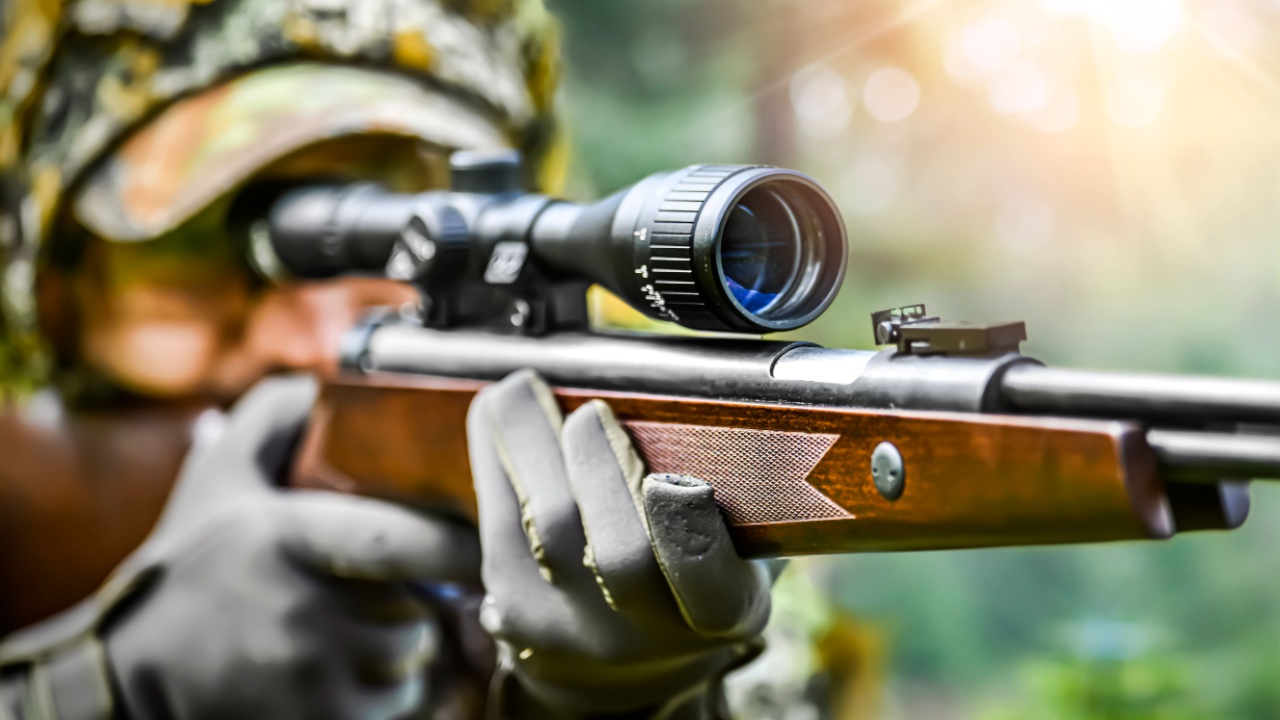
Choosing the “best” hunting rifle is a pretty personal thing. We all have different opinions and preferences on what we like to hunt with. But still, over the last 50 years, there have been some remarkable weapons. Over the past half-century, the evolution of hunting rifles has seen so many innovations, catering to a wide range of needs from the casual deer hunter to the adventurous big-game enthusiast. What’s your favorite hunting rifle? Which weapons deserve a spot on this list?

With almost 16 million hunters in the United States, and with such a huge range of game to hunt, the right rifle and the best cartridge is critical. We have some of the most diverse ecosystems on the planet, with animals ranging from tiny squirrels to gigantic moose. The cornerstone of a successful hunt lies in the hunter’s skill and knowledge but also in the choice of ammunition. The right cartridge can make all the difference, offering the power needed for a clean, humane kill without compromising the quality of the game.

This list extends beyond the basic survival trio of water, food, and weapons. It’s a given that we need to stock up on water, food, and a way to defend ourselves and what we have. But what other things will you need in a survival situation? None of us truly knows what TEOTWAWKI will really look like, although most of us have theories we think most likely. But whatever the situation is, there are certain supplies that it just makes sense to have on hand, aside from the obvious trio I mentioned above.
